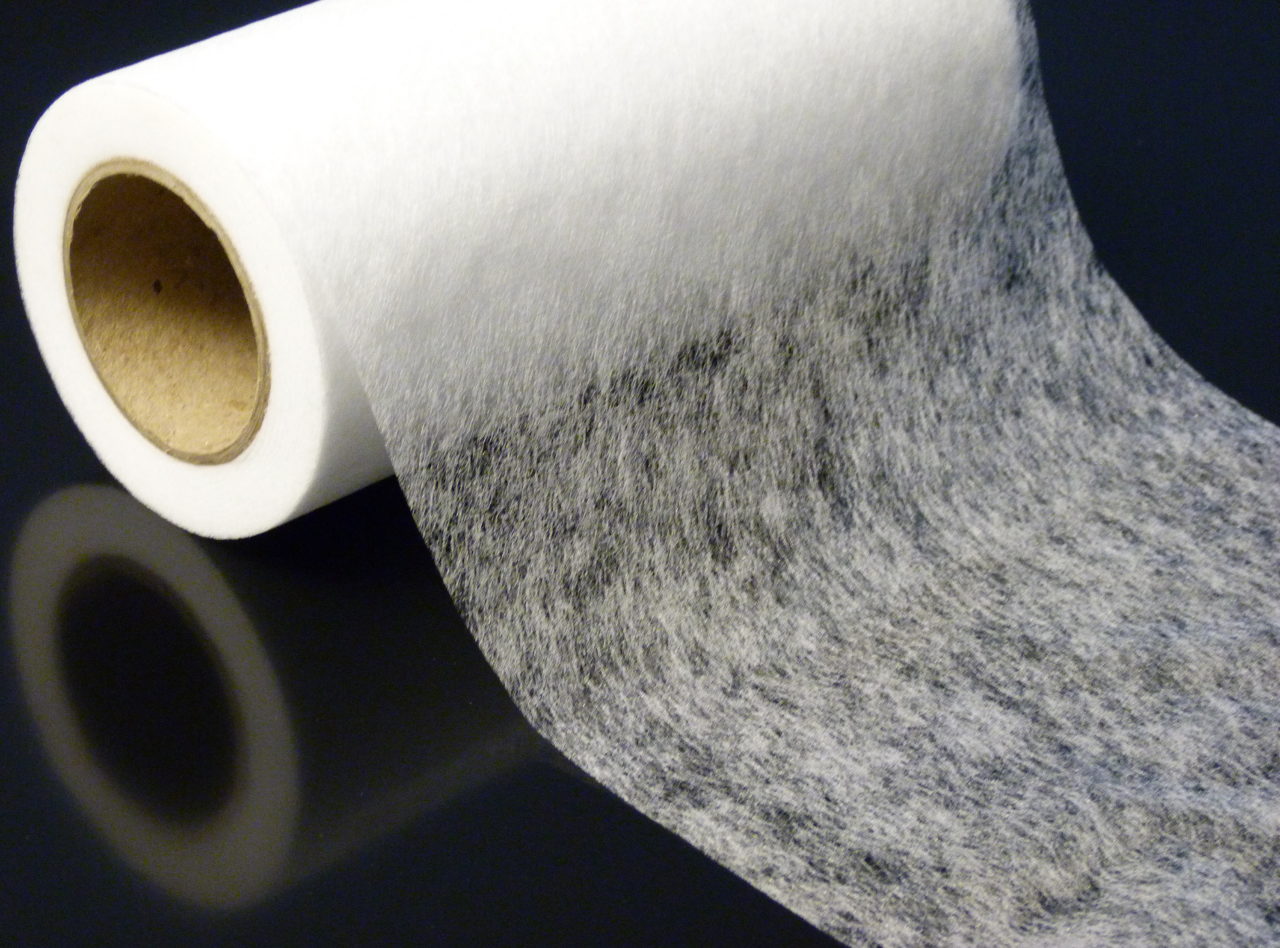
In our daily lives, we see textiles everywhere. In various industries, textiles are the foundation for many applications. The textile industry is also likely to innovate more quickly than other industries due to its strong compatibility. Joining materials, such as adhesive, allows combining of various substrates together, adding extra value and functionality.
Apart from that, lamination technology provides a wide range of possibilities. Innovative adhesive web even takes laminating process to the next level due to its clean and made-on roll feature compared to traditional liquid or water-based glue. It allows a continuous lamination process with higher efficiency.
Web adhesive can also be called adhesive web. It looks like non-woven fabric at first glance. Its rough surface and fine fiber enable good and breathable bonding. Web adhesive can be activated through heat, it can join two textiles or substrates (foam, non-woven, leather, fabric, metal, etc.) together in a stable status after cooling down. If gets heated again reaching the melting point, it would be reactivated.
Due to its versatile characteristic, Web adhesive, which can be seen in many industrial applications, such as :
– Automotive and transport
– Shoe and footwear
– Garment and lingerie
– Medial and protection
– Home interior
Why use a hot melt adhesive web?
– Comparing film adhesive, it can avoid air entrapment during lamination or coating process.
– Due to its lightweight and softness, it can laminate light and flexible material, at the same time, it keeps breathability.
– It can be flame retardant and plasticizer resistant
– The continuous lamination process could increase the efficiency, in addition, it would reduce waste during the lamination process. It means saving time and money.
How to choose thermoplastic adhesive?
The adhesive web is made from a variety of thermoplastic raw materials. As a result, raw materials can have different properties, such as melting points and viscosity.
Polyurethane material, for instance, has a wide selection of raw materials. However, polyamide is very versatile and compatible with many substrates.
The thermoplastic adhesive in roll in different raw materials:
- PA polyamide web or Copa Copolyamide Web adhesive
- PES polyester Web or Copes Copolyester Web adhesive
- TPU Web Polyurethane Web adhesive
- PO Web adhesive or Polyolefine Web adhesive
In the end, the final bonding result can also depend on the lamination machine, the substrate itself, lamination setting, etc.
For those factors, our commercial team will give you a detailed explanation and support of your project.
You can get in touch with them here → Contact our team


One comment
Renata Pučalíková
June 1, 2022 at 1:24 pm
Dear Sir or Madame,
I am searching for material adhesives webs / films based on PP / PP + polyolefins.
Could you please contact me?
Best regards
Renata Pučalíková